Shame plays a very important role in the ongoing use of pornography. In his book Unwanted, Jay Stringer found that for each unit of shame they felt, men were 300x more likely and women were 546x more likely to look at porn. And, Dr. Patrick Carnes, a founding father of sexual addiction therapy, put shame in a key place in his sexual addiction cycle.
So what is shame, how exactly does it contribute to ongoing pornography use, and how do you break free?
The Biblical Origins of Shame
Our first step to understanding shame’s role is to define it. One of the best starting places is the origin of shame itself, as presented in Genesis 3.
It’s probably one of the most familiar stories in the Bible. God created the first man and woman and placed them as the caretakers of a beautiful, protected garden. They were “both naked, yet felt no shame” (Genesis 2:25). A serpent showed up and convinced them that God was keeping them from personal growth and fulfillment by obeying the sole command God had given them. And as soon as they broke that command, “the eyes of both of them were opened, and they knew they were naked; so they sewed fig leaves together and made coverings for themselves” (Genesis 3:7).
Let’s pause right there for a moment. Adam and Eve didn’t feel guilt. A response of guilt would have been, “I did the one thing I was not supposed to do. I sinned against God, and I am sorry.” No; instead, their eyes were opened and they realized that they were naked. Notice what Adam says when God comes to walk in the garden: “I was afraid because I was naked, so I hid” (Genesis 3:10). In other words, shame made them afraid of being fully seen and known.
So, they decided to cover themselves. Since their goal in eating the fruit was to be like God, it’s possible they were trying to imitate what they had seen God wearing on their evening walks in the Garden—clothing that may have ranged from a robe with a sash of gold (Revelation 1:13) to amber and fire that glowed like a rainbow (Ezekiel 1:27-28). But the materials they had on hand—fig leaves—proved to be woefully inadequate. It would have been like trying to fashion together a wedding gown and tuxedo using printer paper, without any tape to hold it together.
Since that failed, their next (futile) idea was to hide. Remember, God is omniscient, omnipresent, and omnipotent. I’m reminded of a time I played hide and seek with a toddler. She “hid” by laying on the couch, partially covered by a blanket. I looked straight at her while saying I couldn’t find her and asking if she was under a chair or hiding behind the curtains. It was an act of grace for the toddler to not end the game quickly; in the same way, I suspect it was an act of grace for God to not call them out. Instead, he allowed his children to come forward, giving them the opportunity to repent.
Unfortunately, even then they chose not to step forward to receive his mercy. Instead, they decided to blame-shift. “The woman you gave to be with me — she gave me some fruit from the tree, and I ate,” says the man, blaming both the woman and God himself. “The serpent deceived me, and I ate,” said the woman, not taking responsibility for her lack of obedience and trust in God’s promises. These are factual statements, by the way, but they’re presented in a way to avoid personal responsibility and put themselves in the best light possible.
So what does this mean for us now?
It means that shame is focused not on what we’ve done but on something about who or what we are. (In fact, Jim Cress calls it SHAME: Self-Hatred At My Expense.)
It makes us afraid to be fully seen and known—even by those who should know us best.
We tend to respond to shame in a few ways: by trying to cover it, by hiding outright, or by shifting responsibility to someone else.
The Shame Cycle and Pornography Use
Now that we have a basic understanding of shame, let’s look at how it feeds into pornography use. (We focus on pornography here at Covenant Eyes, but it’s worth noting that this cycle applies to any compulsive behaviors, such as binge eating, gambling, alcohol, or drugs.)
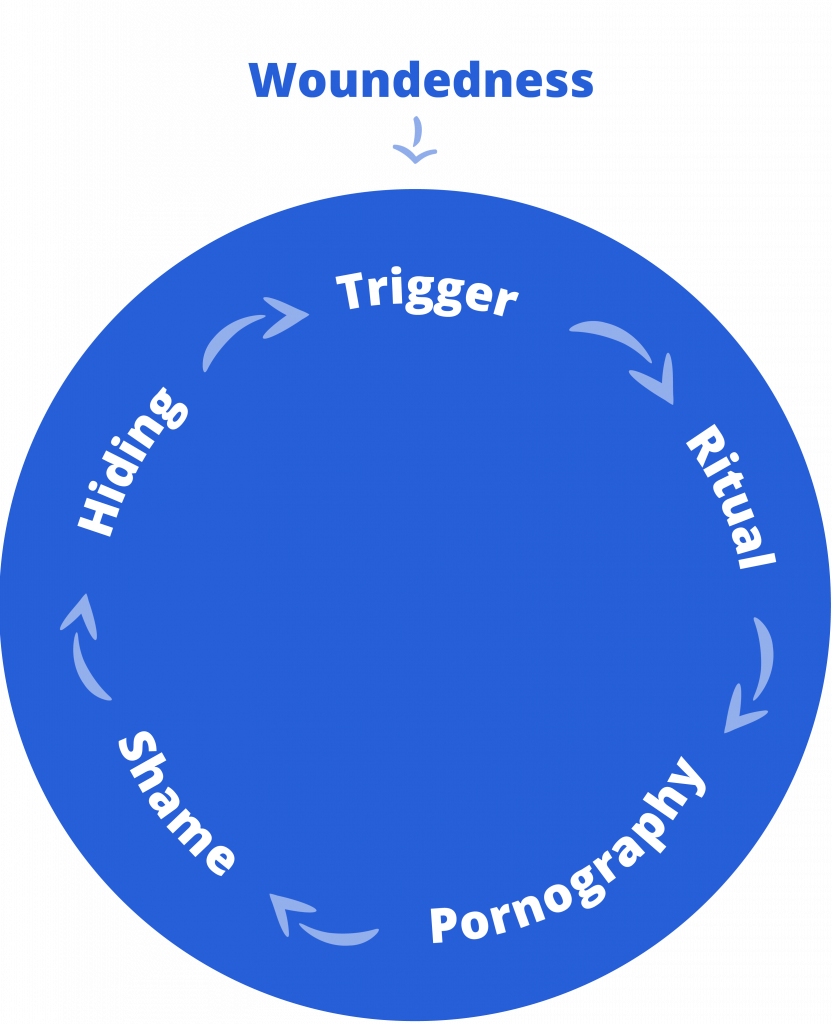
Woundedness
Above the cycle itself is our woundedness. (If you think of the cycle as fruit, woundedness would be the stem.)
Everyone has experienced some wounds in their life, usually in early childhood. For many people, these wounds were relatively simple. For example, many Christians grew up in homes with rigid rules, where sex was rarely discussed. When it was discussed, it was likely only as a system of rules: don’t have sex until you’re married, don’t watch porn, and don’t masturbate. (For those raised in the heyday of purity culture, there may have even been extra rules limiting interactions with the opposite gender.) These rules may have been well-intentioned, but they often lacked context for God’s good and holy design for sexual intimacy between spouses.
Many children and teens, then, felt their God-given hormonal responses to people but had no framework for how to handle those desires. They found pornography (through accidental or peer exposure), found it helped satisfy those urges, and kept watching. If their parents found out, they may have gotten one lecture where they were told, “Don’t let me catch you again.” Instead of stopping, they simply learned to hide their porn better, and the shame of not living up to legalistic rules grew.
Other people had much deeper trauma, such as abandonment or abuse. Often we think of sexual abuse as a predictor of porn; in fact, Jay Stringer has found many direct ties between childhood sexual abuse and unwanted sexual compulsions as an adult. But, it’s worth considering the impact of emotional and verbal abuse as well. In a 2020 survey Covenant Eyes conducted with Crystal Renaud Day (my coauthor of the book New Fruit), we found that 55% of female porn users reported experiencing emotional abuse, and 44% reported experiencing verbal abuse.
Consider the impact of statements like these and whether you’ve experienced something similar:
- You’re fat.
- You’re ugly.
- You’re so stupid.
The list could go on. Implicit behind all of these is the follow-up statement: “…and no-one will love you.” Some of you may have heard those words directly! In other words, your value as a person is directly related to something intrinsic about you—something you may not directly control, like your metabolism or your IQ. Remember, Adam and Eve’s shame response was about their status, not their deed. (It’s worth mentioning that even praise could drive shame. Statements like “you’re so pretty” or “you’re so smart” may have a similar effect of tying self-worth to physical appearance or intelligence.)
Ultimately, whether it be micro-cuts on our psyche or major traumas, our wounds grow and fester over time, leading us to seek unhealthy outlets for relief—in this case, pornography. This is why “woundedness” is at the top of the cycle, not “wounds”; each of us has some form of damage from childhood, small or large, that needs to be healed.
Triggers
Our porn use doesn’t happen in a vacuum. We never simply think, “I’m in the mood to watch something; eh, guess I may as well watch porn!” Something triggers us to start craving it.
We’ve written extensively about triggers elsewhere, so I won’t belabor this point. The short version is that a trigger is a stimulus that leads to the conditioned response of craving porn. You get into a heated argument, and you crave porn. You get stood up on a date, and you crave porn. It’s your bedtime, and you crave porn.
Triggers are different for everybody, but there are a few commonalities. Two big acronyms are SEE and HALT. SEE stands for Social, Emotional, and Environmental. Social triggers may involve situations like a party where alcohol is flowing freely or a more personal (or intimate) event like a date that left you wanting more or interpersonal conflict. Emotional triggers have to do with your mental and biological state, like feeling hangry because you skipped lunch or feeling tired and stressed because of a tough deadline. Finally, environmental triggers include things you see around you, like a sex scene in a movie, a lingerie ad, or an underclothed celebrity on Instagram.
The other common acronym is HALT, which stands for Hungry, Angry, Lonely, and Tired. These four statuses may function directly as triggers (e.g. “I feel lonely so I’m going to watch porn for the illusion of companionship”), but they may also simply be states that leave you more vulnerable to direct triggers (e.g. “I’ve had insomnia for a week straight, so I’m more likely to click on that inappropriate link a spambot sent me on Twitter, even though I wouldn’t click it normally.”).
Before we move on, it’s worth mentioning that our triggers develop in a few ways. Some of them may be conditioned by us over time. For example, if you started using porn to fall asleep at night, tiredness will likely be a direct trigger for you. Other triggers may stem from our woundedness. For example, if your abuser had a dog that barked frequently, the sound of a dog barking may be a trigger for you.
Rituals
We haven’t talked about rituals often at Covenant Eyes, but they are an important part of the Shame Cycle that keeps us locked into porn. Basically, once you’re triggered, you usually follow a specific process—a ritual—before actually watching porn. It usually starts with fantasizing about it—maybe about finding some privacy, or maybe about a specific type of porn. From there you follow a process (conscious or not) that sets you up to watch pornography. Maybe you call your spouse to tell them you’ll be late from work, then you drive to a quiet parking lot. Or maybe it’s as simple as waking up, rolling over, grabbing your phone, and opening THAT app or THAT website.
It’s possible to mistake rituals for triggers, for the record. My own struggles tend to be with sexualized characters with customizable clothing in video games. It would be easy to call clothing customization options the trigger, but there are several examples of games where I’ve managed to stick with modest clothing options. The real trigger for me tends to be something emotional—usually stress or tiredness. The ritual is turning on the wrong sort of video game to decompress, then opening the customization options.
Pornography
Actually viewing pornography is next on the cycle. We don’t need to spend much time defining what that means, though it’s worth noting that we use “pornography” as an encompassing term for “sexual content that causes men and women to stumble into lust.” For most people, it means photos and videos of explicit nudity and sex scenes. It may also include erotica. Some people may exclusively use hentai (anime porn). Some may use lingerie ads as their porn. The important thing is that you and your ally know what you mean when you say that you use porn.
Shame
After (or sometimes while) viewing pornography, there comes a sense of shame. You know your values; you know whether using porn lives up to them. This is especially true for Christians who grew up with a traditional sexual ethic, where sex is reserved for marriage.
Now, some of you reading this may be thinking, “But I don’t feel shame!” Ask yourself how you’d feel if someone knew how much porn you really watch. Or, what would happen if someone you care about walked in on you while you were watching. You may not feel the sensation of shame after a binge, but chances are you still hide it (we’ll address this in the next section).
On top of that, though, porn is feeding into a negative sense of self-worth, whether you realize it or not. The secular organization NoFap points out the negatives of using porn. Physically, they focus on loss of libido or sexual dysfunctions. Psychologically, they noted that many of their community members exhibited the following symptoms of porn addiction:
- Low self-esteem or self-confidence
- Sense of shame
- Low mood or agitated mood
- Lack of motivation
In other words, whether the shame comes from a sense of failing to live up to what you believe to be scriptural standards or whether it’s that you can no longer be intimate with your partner (or struggle to find a partner in the first place), the net result is the same.
Hiding
The final step in the cycle is hiding your behavior. As Genesis shows us, this may come in the form of covering it, trying to hide, or blame-shifting.
Sometimes we cover our shame with good deeds. We may volunteer a lot at church or buy our spouses their favorite treats when we slip up. We may try to become powerhouses at work to make people think it’s impossible that we would ever consider viewing porn. Anecdotally, teen girls and young women especially fall into this trap. In her book Beggar’s Daughter, Jessica Harris recounts how people outright assumed that the URL logs of her porn binges, tied to her username, couldn’t possibly be hers, both because they falsely believed that women can’t struggle and because Jessica was a good student and a leader.
We hide our shame by simply trying to hide the behavior itself. This may happen concurrently with using porn, via features like private browsers or innocuous-sounding apps.
Finally, we blame-shift when we either try to deny our actions (“I never look at porn! A coworker sent me this link and I clicked it without realizing!”) or blame someone else outright. There’s an unfortunately common teaching that men wouldn’t need porn if their wives made themselves more sexually available, for example; this is simply not true. He probably trained himself to turn to porn long before he even met her; even the most sexually available woman can never compete with the sheer variety of pornography. Even as we enter recovery, we may be tempted to shift the blame to our parents for not training us to avoid porn or to our abuser for messing us up. These are certainly wounds that need to be healed, and they never should have happened—but at some point, we need to take responsibility for our own actions.
The Repeating Cycle
Remember, this is a cycle of shame. It naturally repeats itself, over and over. You’re triggered, so you enter your rituals and watch porn. You then feel ashamed and try to hide it. But because you’re not confronting your shame, you’re left vulnerable to the next trigger, and so forth, over and over. Remember those cartoons of snowballs rolling down a mountain? The shame cycle gets bigger and bigger over time, rolling faster and faster, eventually consuming everything in its path.
The good news is that the shame cycle can be stopped.
God’s Grace and Our Shame
After Adam and Eve ate the fruit, God cursed them and kicked them out of the garden. But between the two events, he did something else. Genesis 3:21 says, “The Lord God made clothing from skins for the man and his wife, and he clothed them.”
Even after they tried to hide and avoid responsibility for their sin, God looked down at his beloved children with compassion. He traded in their flimsy clothes of fig leaves for warmer, more durable clothes of leather—at the cost of an animal’s life, prefiguring Jesus’ ultimate sacrifice. It is through Jesus that he does the same for us. Alone, we try to hide our shame in good deeds, which Isaiah 64:6 calls “like a polluted garment.” But God clothes us in robes of righteousness (Isaiah 61:10). (This isn’t to say that our good deeds have no value—they just don’t save us or cover our shame.)
To receive these robes, we’re asked to repent. We’re asked to lay aside every sin (including and especially pornography) that entangles us and to fix our eyes on Jesus: “For the joy that lay before him, he endured the cross, despising the shame, and sat down at the right hand of the throne of God” (Hebrews 12:2b).
There are some very practical ways to apply this to shame.
If shame is about self-hatred at our own expense, we need to instead recognize that we are the creations of God who are guilty of sin. Every one of us is guilty! But when we confess our sins, God delights in cleansing us of our unrighteousness (1 John 1:9). We need to let go of our shame and turn to Jesus in repentance.
If our shame makes us afraid to be fully seen and known, we find ourselves in isolation, “but if we walk in the light, as he is in the light, we have fellowship with one another, and the blood of Jesus his Son cleanses us from all sin” (1 John 1:7). In other words, by fighting to stay in the light of Christ’s way with other believers (through accountability, among other things), we are cleansed!
When we, with the help of allies, embrace a lifestyle of repentance and honesty, we have taken a huge step in destroying shame in our lives and stopping the shame cycle with it. There’s plenty of other work to do, of course, like addressing our triggers and rituals directly; our allies can help with that too. And, we may need to seek professional help to address our own woundedness or seek to make restitution to others we hurt (like our spouses). This is not an easy process! But in our repentance, we can rest in God’s forgiveness. His mercy is immeasurable; his kindness infinite.

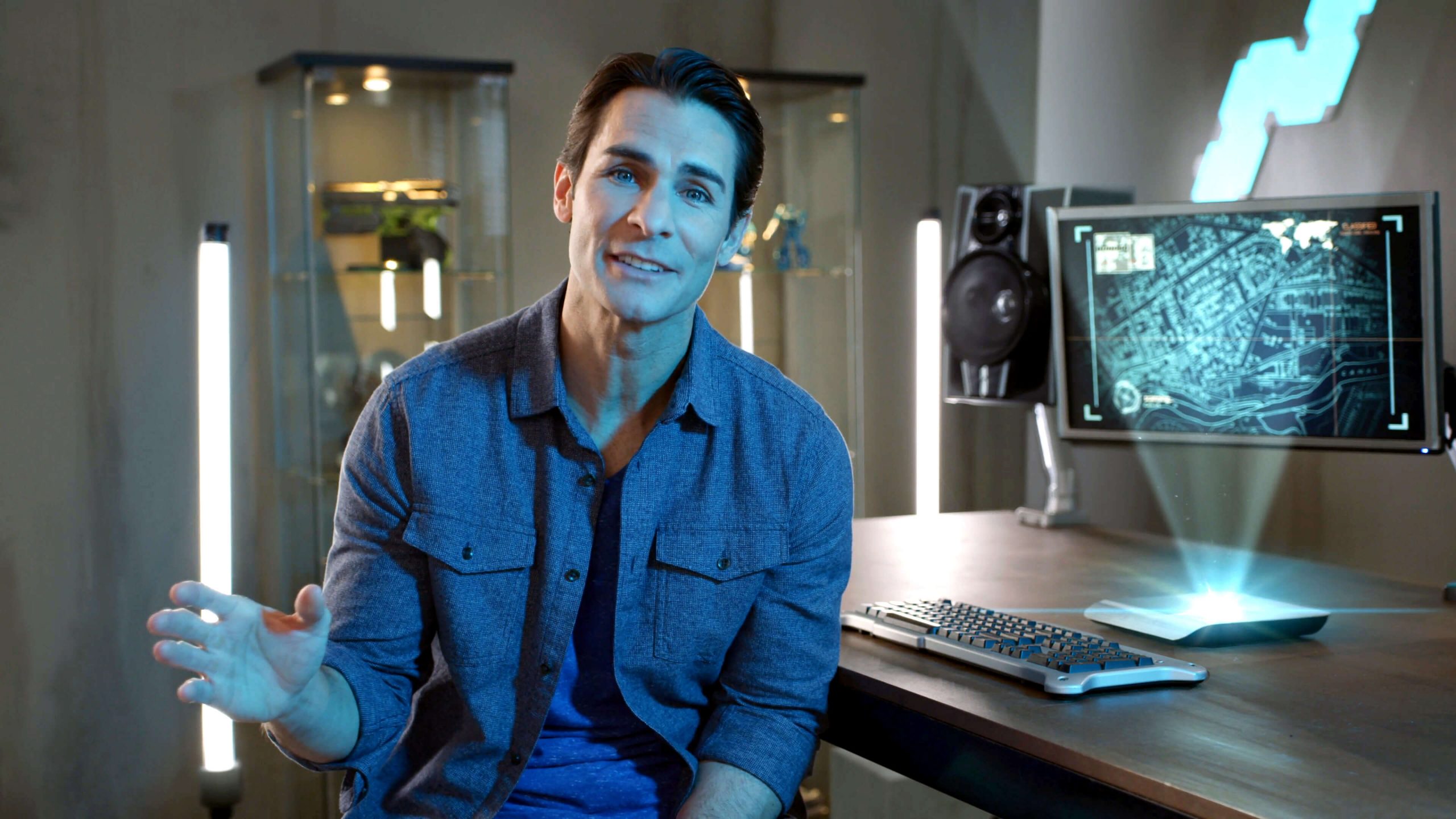
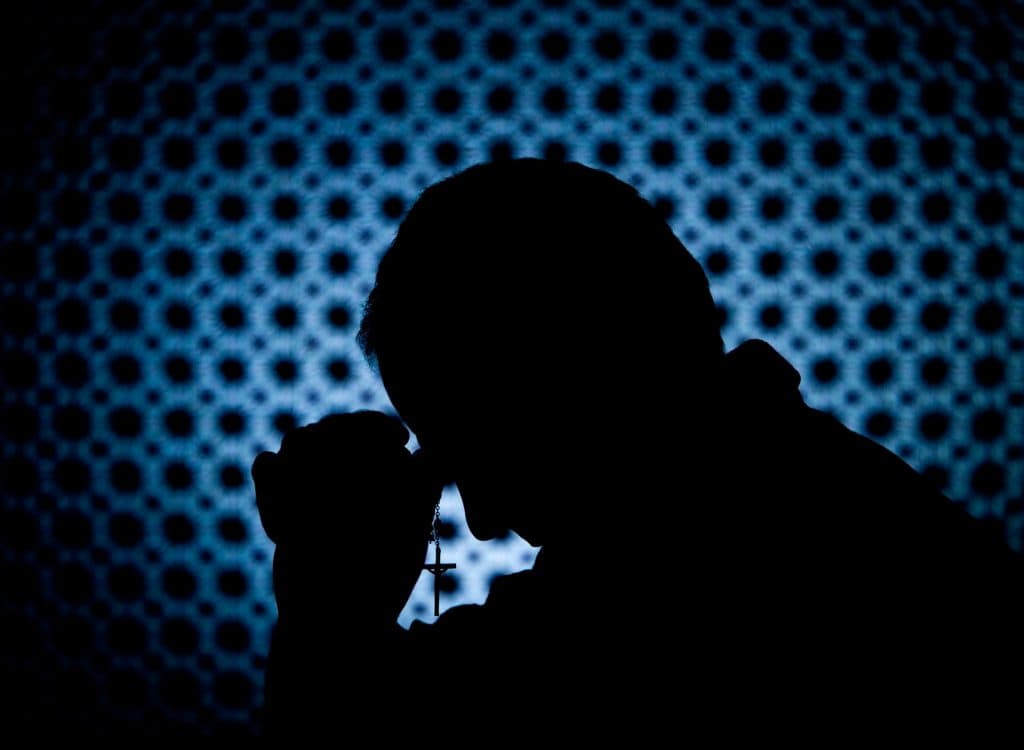

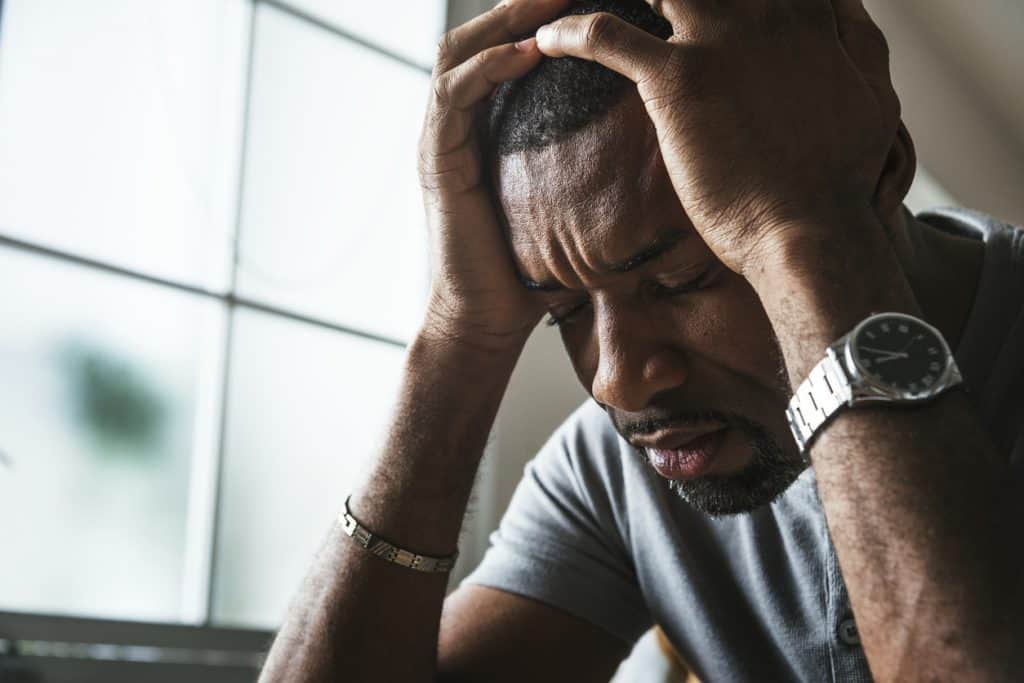
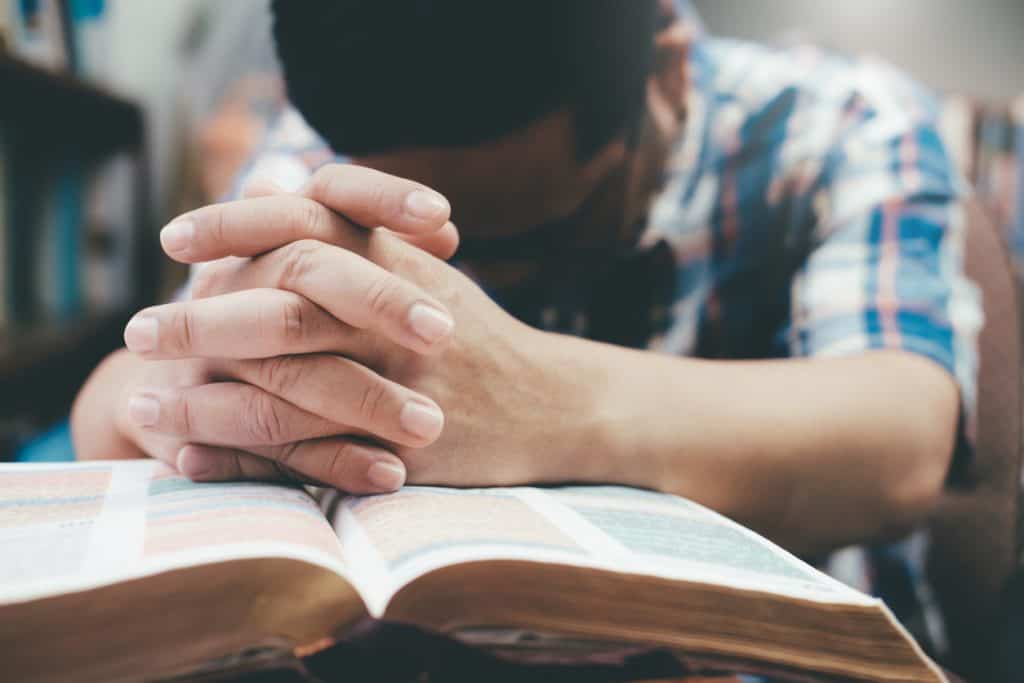

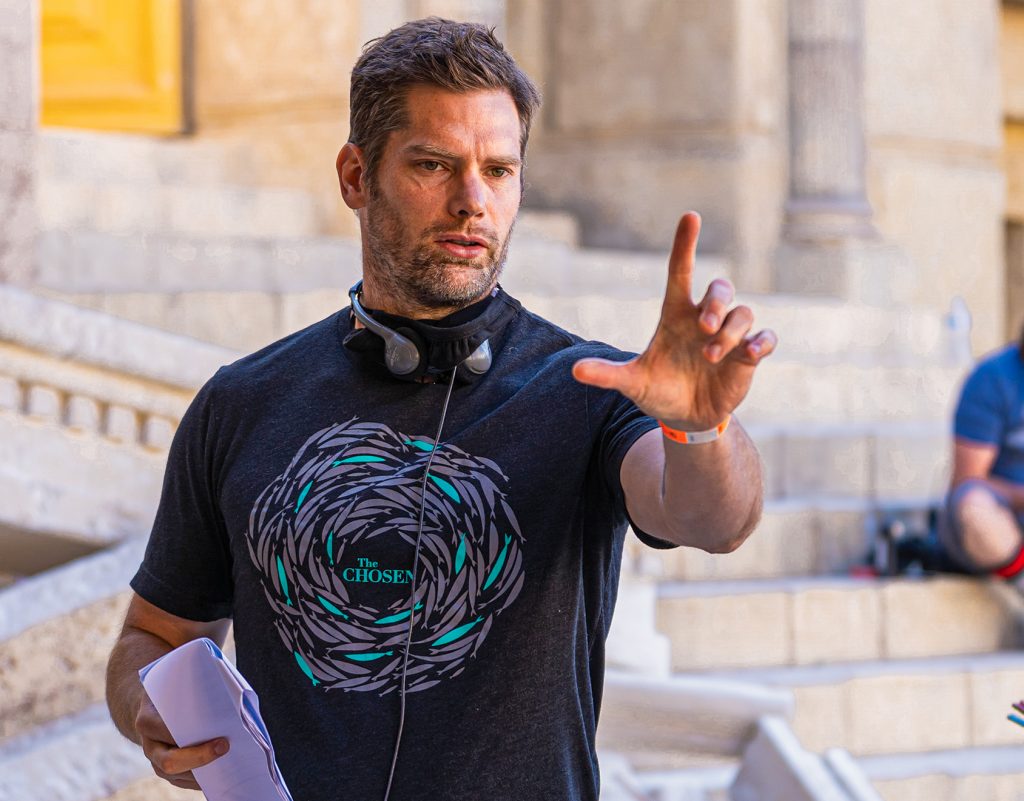


Te agradezco mucho por lo que compartiste en el artículo. Estoy en este proceso de abandono total de la pornografia, mi terapeuta es la persona que designe para ser 100% honesto, y me sentí muy identificado con el ciclo de vergüenza que me expusiste. Dios te bendiga por tu esfuerzo al compartir este contenido.